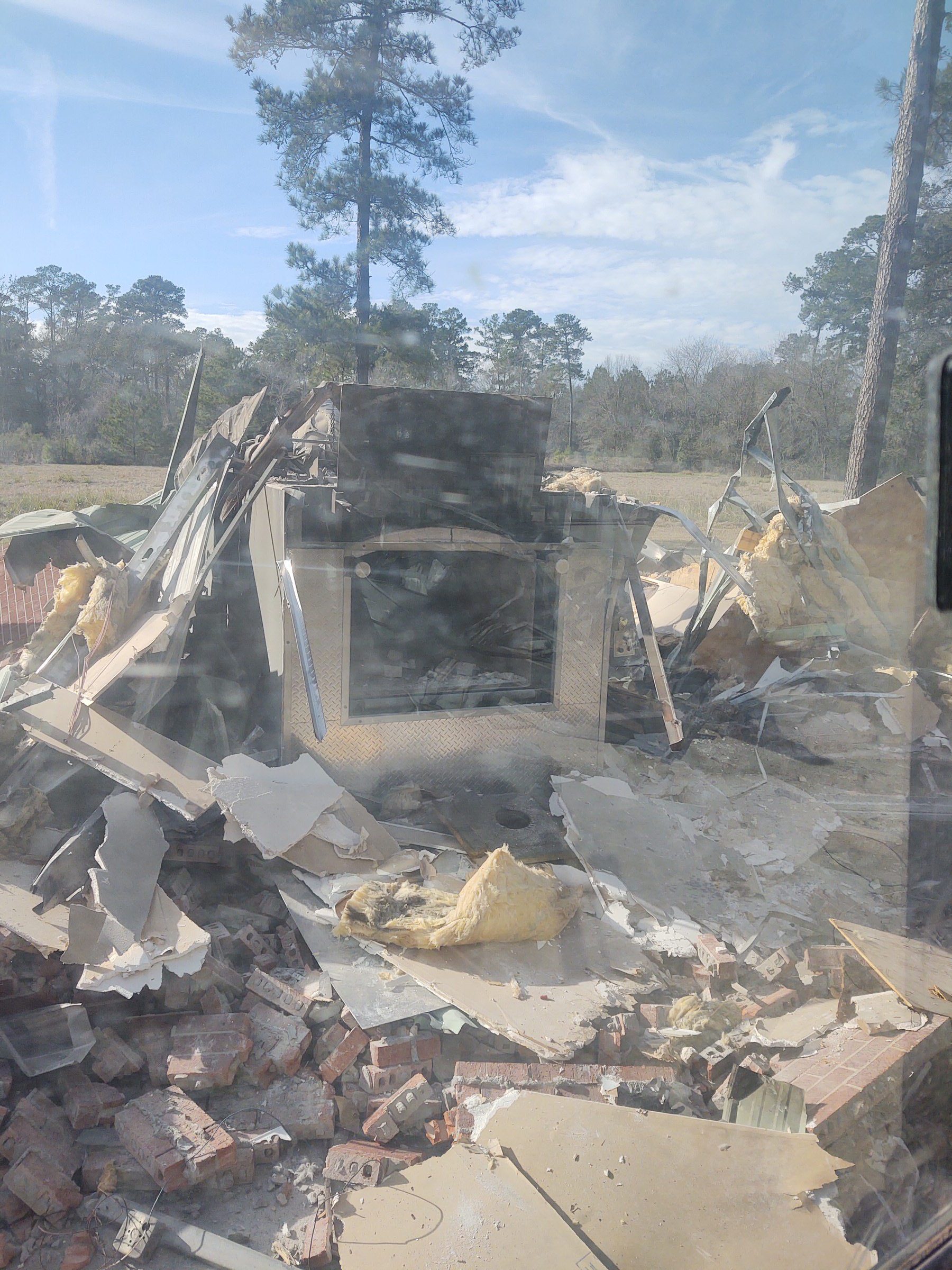Report on the Kimball Junction Development Project
Project Overview and Recommendation
The Snyderville Basin Planning Commission issued a unanimous positive recommendation on July 8 for the revised Kimball Junction development project proposed by Dakota Pacific Real Estate. The project now advances to the Summit County Manager for final approval of the development agreement, which is a revised version of a plan previously approved by the Summit County Council.
Alignment with Sustainable Development Goals (SDGs)
The proposed development demonstrates a strong alignment with several key United Nations Sustainable Development Goals (SDGs), particularly those focused on urban development, social equity, infrastructure, and partnerships.
SDG 11: Sustainable Cities and Communities
- Affordable and Accessible Housing (Target 11.1): The project commits to making approximately half of its 725 residential units affordable, directly addressing the regional need for adequate, safe, and inclusive housing.
- Sustainable Urbanization (Target 11.3): It represents a significant infill redevelopment project, promoting integrated and sustainable human settlement planning by revitalizing existing commercial and public land.
- Sustainable Transport Systems (Target 11.2): By centering the development around the existing Summit County transit center, the project is designed to encourage the use of public transportation, contributing to more sustainable and accessible transit solutions for all.
SDG 1: No Poverty & SDG 10: Reduced Inequalities
- The substantial affordable housing component is a critical measure aimed at reducing economic and social inequalities within the community. By increasing the supply of affordable housing, the project provides a foundation for housing security, which is fundamental to poverty reduction.
SDG 9: Industry, Innovation, and Infrastructure
- The project includes the redevelopment of essential public infrastructure, including Summit County’s offices, library, and transit facilities. This investment aims to build resilient infrastructure and enhance community services.
SDG 17: Partnerships for the Goals
- The development is structured as a public-private partnership between Dakota Pacific Real Estate and Summit County, exemplifying the collaborative approach between the private sector and public institutions required to achieve sustainable development objectives.
Governance and Procedural Framework
The project’s progression is governed by a multi-stage approval process and is situated within a complex legal and political context, highlighting challenges and resolutions related to institutional processes and public participation.
Approval Process
- Planning Commission Recommendation: A positive recommendation was unanimously granted on July 8.
- County Manager Determination: The development agreement requires final approval from the Summit County Manager, with a public hearing tentatively scheduled for July 28. This procedural step is mandated by state legislation (Senate Bill 26), which shifted final approval authority from the legislative council to county staff.
- Architectural Review: Subsequent approvals for the project’s architecture and aesthetics are required before any building permits can be issued.
Public Participation and Institutional Context (SDG 16)
- The project’s history includes a significant citizen-led referendum effort aimed at challenging a previous version of the development agreement, primarily due to concerns over potential traffic increases.
- This referendum effort is the subject of an ongoing case in the 3rd District Court, following the Summit County Clerk’s Office declaring the petition “insufficient.”
- The process highlights the dynamic between participatory governance (citizen referendums) and the role of effective institutions at both local and state levels (SDG 16). The new development agreement, if approved by the County Manager, will not be subject to a referendum.
Project Specifications
- Developer: Dakota Pacific Real Estate
- Total Residential Units: 725
- Affordable Housing Component: Approximately 50%
- Scope: A mixed-use development incorporating residential units and the redevelopment of public facilities on the land surrounding the Skullcandy headquarters, including the county offices, library, and transit center.
SDGs Addressed in the Article
The article on the Kimball Junction project touches upon several Sustainable Development Goals, primarily focusing on urban development, housing, governance, and partnerships.
-
SDG 11: Sustainable Cities and Communities
This is the most prominent SDG in the article. The project is a large-scale urban development initiative focused on creating housing and redeveloping public land. The discussions around affordable housing, infrastructure like the transit center, and the planning process itself are central to making cities and human settlements inclusive, safe, resilient, and sustainable.
-
SDG 16: Peace, Justice and Strong Institutions
The article details a complex governance process involving multiple institutions: the Snyderville Basin Planning Commission, the Summit County Council, the County Manager, and the state legislature. The conflict between a citizen-led referendum and decisions made by elected and administrative bodies highlights the challenges related to ensuring responsive, inclusive, and representative decision-making at all levels.
-
SDG 17: Partnerships for the Goals
The project is explicitly described as a “public-private partnership to redevelop the land.” This directly relates to the goal of revitalizing global partnerships for sustainable development by encouraging and promoting effective public-private and civil society partnerships.
Specific SDG Targets Identified
Based on the content of the article, several specific targets under the identified SDGs can be pinpointed.
-
Target 11.1: Ensure access for all to adequate, safe and affordable housing.
The article directly addresses this target by stating that the Dakota Pacific Real Estate proposal includes “725 residential units” and that “About half the housing in the overall project is affordable.” This shows a clear effort to increase the housing supply, with a significant portion dedicated to affordability.
-
Target 11.3: Enhance inclusive and sustainable urbanization and capacity for participatory, integrated and sustainable human settlement planning and management.
The entire narrative of the article revolves around the planning and management of this development. The process involves the planning commission, the county council, and a proposed public hearing. Furthermore, the mention of the citizen referendum, where “Thousands signed the petition to put it on the ballot,” demonstrates the element of participatory planning, even when it leads to conflict and legal challenges.
-
Target 16.7: Ensure responsive, inclusive, participatory and representative decision-making at all levels.
This target is highlighted by the tension between different levels of governance and citizen participation. The residents’ use of a “referendum petition” is a form of participatory decision-making. However, the state legislature’s intervention through “Senate Bill 26,” which “mandates county staff, not the council, approve the project,” and the county attorney’s instruction to the commission “not to discuss the referendum” illustrate the complexities and potential shortcomings in achieving truly responsive and inclusive decision-making.
-
Target 17.17: Encourage and promote effective public, public-private and civil society partnerships.
The project is defined as a “public-private partnership to redevelop the land around Skullcandy’s headquarters where Summit County’s offices, library and transit center are.” This collaboration between a private developer (Dakota Pacific Real Estate) and the county government is a direct example of the type of partnership this target aims to promote.
Indicators for Measuring Progress
The article implies or directly mentions several indicators that could be used to measure progress towards the identified targets.
-
Indicator for Target 11.1: Proportion of urban population living in affordable housing.
The article provides a direct, quantifiable measure for this. It states, “About half the housing in the overall project is affordable.” This percentage, along with the total number of “725 residential units,” serves as a clear indicator of the project’s contribution to affordable housing stock.
-
Indicator for Target 11.3: Proportion of cities with a direct participation structure of civil society in urban planning and management.
The article describes several such structures. The existence of the “Snyderville Basin Planning Commission” meetings, public hearings held by the “Summit County Council,” and the legal mechanism for a “referendum petition” are all indicators of participation structures. The conflict surrounding these processes, including the legal challenge in “3rd District Court,” can be analyzed to measure their effectiveness.
-
Indicator for Target 16.7: Existence of independent national human rights institutions in compliance with the Paris Principles.
While not a national institution, the local governance structure described—including the planning commission, county council, county manager, and the court system overseeing the referendum dispute—acts as a proxy. The article’s account of the “complicated political and legal process,” the recusal of commissioners, and the intervention of state law over local processes serves as a qualitative indicator of the health and responsiveness of these decision-making bodies.
-
Indicator for Target 17.17: Amount of United States dollars committed to public-private and civil society partnerships.
The article does not provide a monetary value, but it clearly identifies the existence of the “public-private partnership” between Dakota Pacific Real Estate and Summit County. The scale of the project—involving 725 residential units and the redevelopment of land housing county offices, a library, and a transit center—implies a significant commitment of resources, which is a primary indicator for this target.
SDGs, Targets, and Indicators Summary
| SDGs | Targets | Indicators Identified in Article |
|---|---|---|
| SDG 11: Sustainable Cities and Communities | 11.1: Ensure access for all to adequate, safe and affordable housing. | The creation of 725 new residential units, with the specific metric that “About half the housing in the overall project is affordable.” |
| 11.3: Enhance inclusive and sustainable urbanization and capacity for participatory planning. | The existence of planning commission meetings, county council approvals, and a citizen-led referendum effort to challenge the development agreement. | |
| SDG 16: Peace, Justice and Strong Institutions | 16.7: Ensure responsive, inclusive, participatory and representative decision-making. | The description of the multi-layered approval process (commission, council, county manager) and the conflict with the citizen referendum, which is now in court. |
| SDG 17: Partnerships for the Goals | 17.17: Encourage and promote effective public-private partnerships. | The project is explicitly identified as a “public-private partnership” between Dakota Pacific Real Estate and Summit County to redevelop a key area. |
Source: kpcw.org







